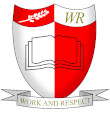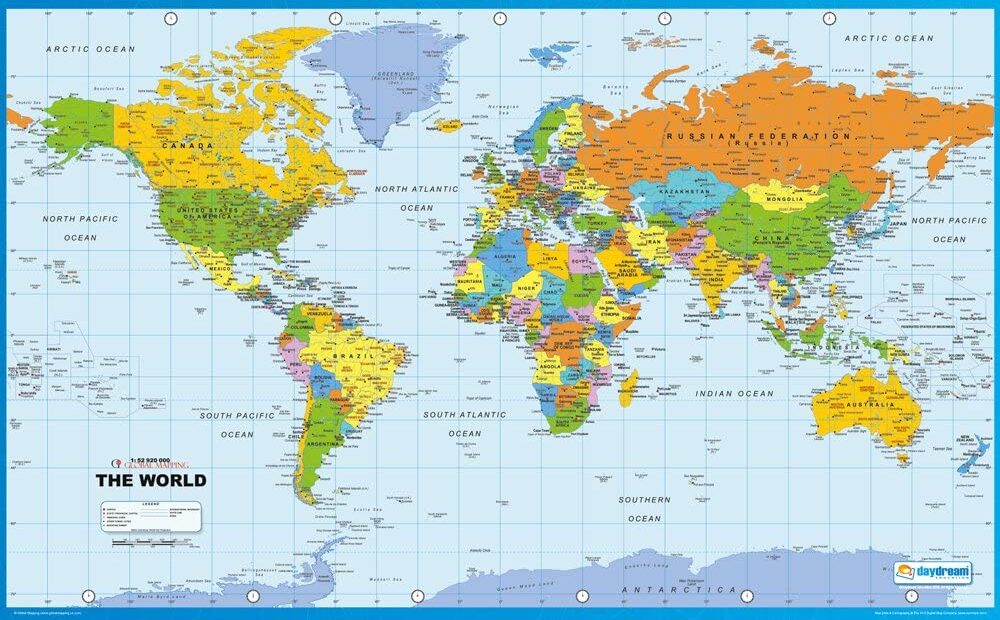We’ve made it to the last week of the school year and here is the last week’s learning for Year 1. We’ve been so impressed with how everyone has managed through this unusual time and with all the learning you have been doing at home. It’s been a pleasure to teach you and we wish you all good luck in your new Year 2 classes, where you’ll continue to learn and have lots of fun along the way.
Please email us if you have any questions.
l.thorn@wransom.herts.sch.uk
s.kholodenko@wransom.herts.sch.uk
a.morris@wransom.herts.sch.uk
Maths
Warm up each day by practising number facts.
Choose from: Bonds to 10/20; counting in steps of 2, 5 and 10; 2, 5 and 10 times tables, doubles and halves, odd or even and place value.
If you feel confident with these times tables, you could move on to counting in multiples of 3.
There are lots of games at https://www.topmarks.co.uk.
For a quick fire challenge try https://www.topmarks.co.uk/maths-games/hit-the-button.
There are also lots of songs to help learn number facts at https://www.bbc.co.uk/teach/supermovers/ks1-maths-collection/z6v4scw
Maths Monday – Writing time
- Look at an analogue clock – ones with hands. The minute hand turns one whole turn every hour. How many minutes are there in 1 hour? There are 60 minutes. Can you count in multiples of 5 around the minutes of the clock? How many five minutes are there in 60 minutes?
- Each minute is divided into 60 seconds. Ask an adult to help you time 1 minute. Did it seem a long time? What could you do in 1 minute? How many times can you write your name in 1 minute? How many squares in your maths book can you colour in in 1 minute?
- What could you do in 1 second? Clap?
- What activities would you measure in hours? A school day?
- What activities would you measure in minutes? Brushing your teeth?
- How many hours in a day? There are 24. The hour hand goes around the clock twice in one day. So two lots of 12 hours is 24 hours.
Write out the hours of a day and the activities you are likely to be doing.
E.G. 7 o’clock: Wake up and have breakfast.
Maths Tuesday – Comparing time
- Which is longer? One hour, one minute or one second?
- If I finish a race first am I faster or slower than everyone else?
- Complete the following activities and time each member of your household. Record the results in the correct order. Who was 1st? 2nd? etc. Will you time in seconds or minutes?
– build a tower of 10 bricks
– run a lap of of the garden/playground
– write your name 3 times - Now work through the powerpoint and worksheets below.
Maths – Wednesday, Thursday, Friday
Choose from these fun maths activities.
The Mystery of the Missing Moji.
Can you find and solve the clues to help solve the mystery of who lost the missing moji?
Kite Challenge
How many different patterns can you make using only 4 colours? There are 4 sections on each kite and no two patterns can be the same.
Alphabet challenge
Each letter has a numerical value – see grid below. Write out your name and the value of each letter. Now add each number together to make a total. You could move on to do your surname, other members of your family, favourite colours even football teams. Who has the largest number?
For example: Thorn would be 7 + 8 + 2 + 5 + 1 = 23

English – Year 1 Experiences
This week we would like you to write about your experiences in Year 1. What learning have you enjoyed? Have you made good friends with someone? What memories do you have from the year? What were the favourite things we did?
You might want to write some ideas down on a spider diagram and then do one final Big Write!
Share a book
For the rest of the week please share a book each day with a member of your family. Maybe you could FaceTime or Zoom a Grandparent and read a story to them.
Science – Questions
This week we want you to think about all the science topics you have learnt this year
– Animals including humans, Senses, Materials, Plants and Seasonal changes.
Write 2 questions for each topic starting with the question words What? or When? and Why?
Then test the members of your family. How many did they answer correctly out of 10?
Here are some examples to get you started:
– What does a tiger and a lizard have in common?
– What part of the body do we hear with?
– Why are water bottles made from plastic?
– Why do we water plants?
– What time of year do we wear hats, scarves and gloves?
Art – Printing patterns
Polystyrene printing
- You will need: a polystyrene pizza base, a pencil, paint, paintbrush and paper.
- First, practise your design on a piece of paper.
- Then draw it on to the polystyrene with a pencil pressing in to make an indent.
- Paint over the top, trying not to get too much paint in your indents.
- Turn over and press onto the paper.
- You could use a rolling pin to apply even, firm pressure – ask an adult to help you.
- Peel your paper off to reveal your print.
- Keep printing to make a repeating pattern – you could use this to make wrapping paper.
Cardboard and string printing (if you don’t have polystyrene pizza bases this will work just as well)
- You will need: a square of cardboard, string, paint, paintbrush and paper.
- First, lay your string onto the cardboard to make a pattern.
- Glue it in position and leave to dry.
- Paint the top of the string.
- Turn over and press onto the paper.
- You could use a rolling pin to apply even, firm pressure – ask an adult to help you.
- Peel your paper off to reveal your print.
- Keep printing to make a repeating pattern – you could use this to make wrapping paper.

Geography
Make a Where Am I? game. Write the names of some countries on pieces of paper. You could use some of the ones we’ve looked at over the last few weeks and any others you already know. Find out which continents the countries are in, whether they have a hot or cold climate and a couple of other facts about them. Then fold up the pieces of paper and put them in a bowl. Ask a member of your family to pick one of the pieces of paper. Then ask them questions to try to guess which one it is. You could ask:
Is it in Africa/Europe/Asia etc?
Does it have a hot climate?
What currency does it use?

